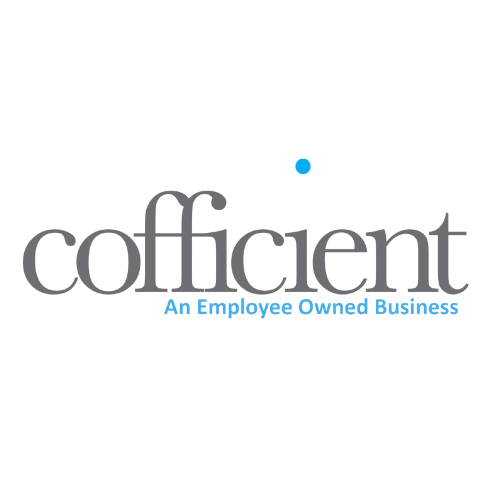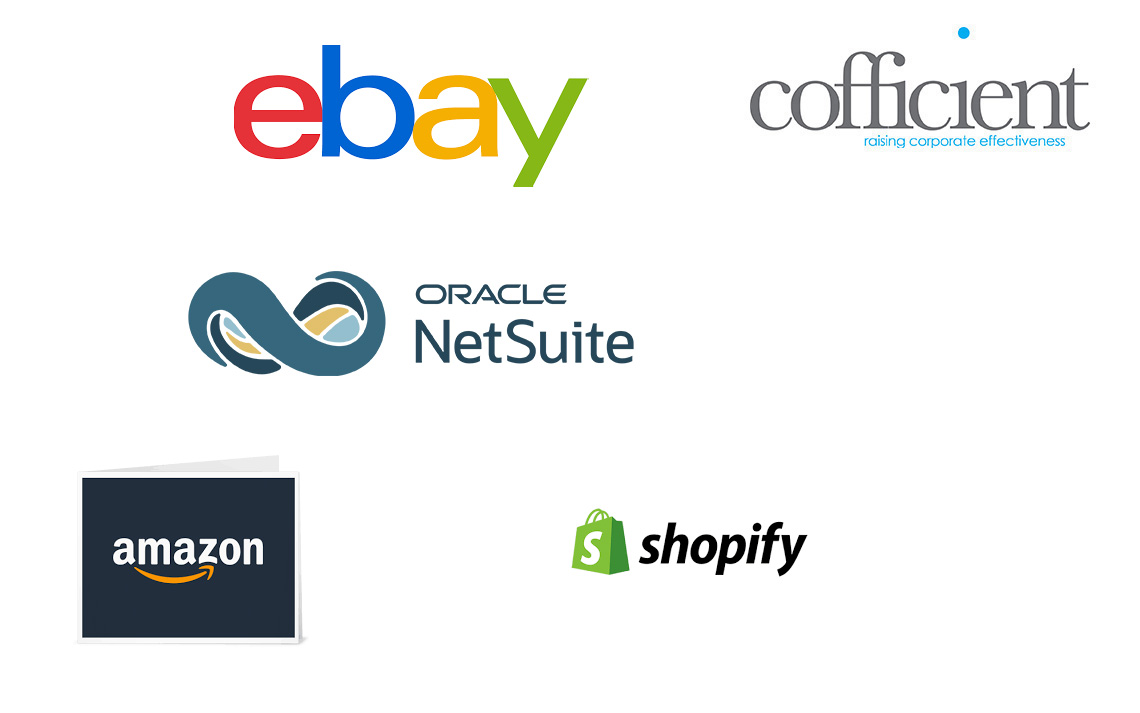
There ARE Alternatives to Sage
7 Signs that Sage has Stopped Working for You
Alternatives to Sage – If you are one of the 800,000 businesses in the UK using Sage for your financial software I bet you deployed it right at the start of your business journey. Most companies we talk to use Sage because their accountant told them to use it, or because it was the best known financial software at the time. It is very well established having been around since the 80’s. Even when you know you’ve reached the end of the line with Sage, it can be hard to say goodbye.
But there are good alternatives to Sage.
If your users have lost faith in Sage and its taking an age to extract any meaningful data – it could be time to switch to something new. So, here is a list of 7 warning signs that your relationship with Sage might be due to end:
-
Sage doesn’t support your growth
This could manifest itself in several ways but typically you will find yourself held back from a sales growth perspective because any software you implement to develop your customer relationship management doesn’t integrate well with Sage. You might even have hired someone to manually input all your sales orders into Sage. Think about the money spent on time wasting duplication? How could that be better spent in your company?
-
With Sage input takes longer than output
Capturing data is absolutely essential to business intelligence. It is extremely important that data capture is simple, quick, highlights errors and duplication and is comprehensive, collecting all the data you need for your business metrics. If Sage is too onerous, or requires intensive manual labour to capture data, your staff will avoid it or cut corners wherever possible. This then leads to the introduction of bad data, which devalues any insights you do generate from it and is a sure sign you need to look at alternatives to Sage.
-
Sales are slipping through the net
You might have to do a weekly or monthly reconciliation to ensure that all items sold have actually been invoiced. From a personal perspective, I used to keep 2 order books. One on a bespoke CRM and one on a spreadsheet because I didn’t trust the bespoke CRM. Twice monthly I would do a manual reconciliation between what Sage said was to be invoiced and what I thought was to be invoiced. Typically, I would find one or two a month which would otherwise have slipped through. As a sales manager this is heart breaking for two reasons:
1. you know the effort put into making the sale in the first place and 2. while you’re doing the reconciliation guess what you’re not doing? Selling.
-
Month end takes ages.
I often make calls to companies to be told “you can’t speak to anyone until the end of next week – it’s month end”. I know what this feels like. There is so much information which needs to be extracted and churned in order to get the right business intelligence for your board meetings, never mind the “straight forward” financial reconciliations and reporting. I happen to think your business intelligence is too important for it to be “lagging” information. It should be “leading” information. You should be able to access it easily, all through the month, live and at the touch of a button.
-
Sage no longer meets your need
When you started out, Sage may have suited you well. But as the company has grown and more people need to access it, it may no longer be working for you. The solution is to find out how other businesses deal with the challenges you are facing before looking for a new software solution. Also, run a strategic planning session to identify key trends in your industry. Then you can evaluate any new software in the light of where you want to be in five years’ time.
-
You’ve got to buy an expensive upgrade.
Some reports say just 28% of businesses are on the latest version of their software. Let’s face it, it’s difficult to go through the upgrade process. Your upgrade has different functionality, different compliance, staff don’t like it and let’s not forget about the costs. You are usually forced into this when new software stops conversing with old software, or when applications fail to get updated. Much better to be using software which automatically puts you on the latest version.
-
Your staff are really unhappy.
Your business relies upon the many wonderful people you’ve brought on board. So, why would you hire for such skill then suppress their ability to do their job properly by failing to provide them with the right tools. Most businesses have a few people who absolutely excel at their job. So let them get on with it rather than tying them up in boring, turgid chores like de-duping records, correcting bad data, manually inputting details several times into a system. Transforming their jobs will transform your business.
To avoid these issues it is important to select a platform that fits your business needs and will support your growth. This will help minimise costs and reduce the time to ROI realisation.
There are alternatives to Sage. Make sure you’re aware of these warning signs so you can make justified business decisions to help move your business forward in the right direction
To talk to a company who can give you a really good alternative to Sage please get in touch.



